Kenny Schachter is an art writer, curator and dealer based in London. His work for Artnet is wry and expository of auction house coups, the most yawn-worthy art fair moments, and of what he calls “the art market monster.”
Schachter talks to Collecteurs__‘ Evrim Oralkan about fostering transparency around this fantastic beast.
Evrim Oralkan: In an article published in The Telegraph last year, you stated that the art world is a hotbed of corruption. You pointed to secretive dealings, money laundering, insider tips and corrupted artists. Can you elaborate in detail?
Kenny Schachter: Every business has its underside—call it human nature. In art, one of the hotspots that falls firmly into the category of ‘gray’ is what transpires on the floors of the auction rooms. In that particular context, there is space for manipulations, including disingenuous bidding by shills i.e. plants to artificially bid up works.
EO: Would you say bidding anonymously or not discussing any interest in bidding on a specific artwork prior to auction are good defenses against the shills?
KS: The only defenses are diligence, consideration, aforethought—if you do your homework and come from a place of knowledge and passion and caution, you’ll be fine. Sounds silly but you need to buy art that you love, that resonates, that moves in a subjective way. But what is ‘good’ must be rooted in the depths of art’s relation to its past and beyond. In the computer world, they actually build devices “future proof”—not only anticipating technologies to come but also providing for them via hardware, before they can even be fully utilized.
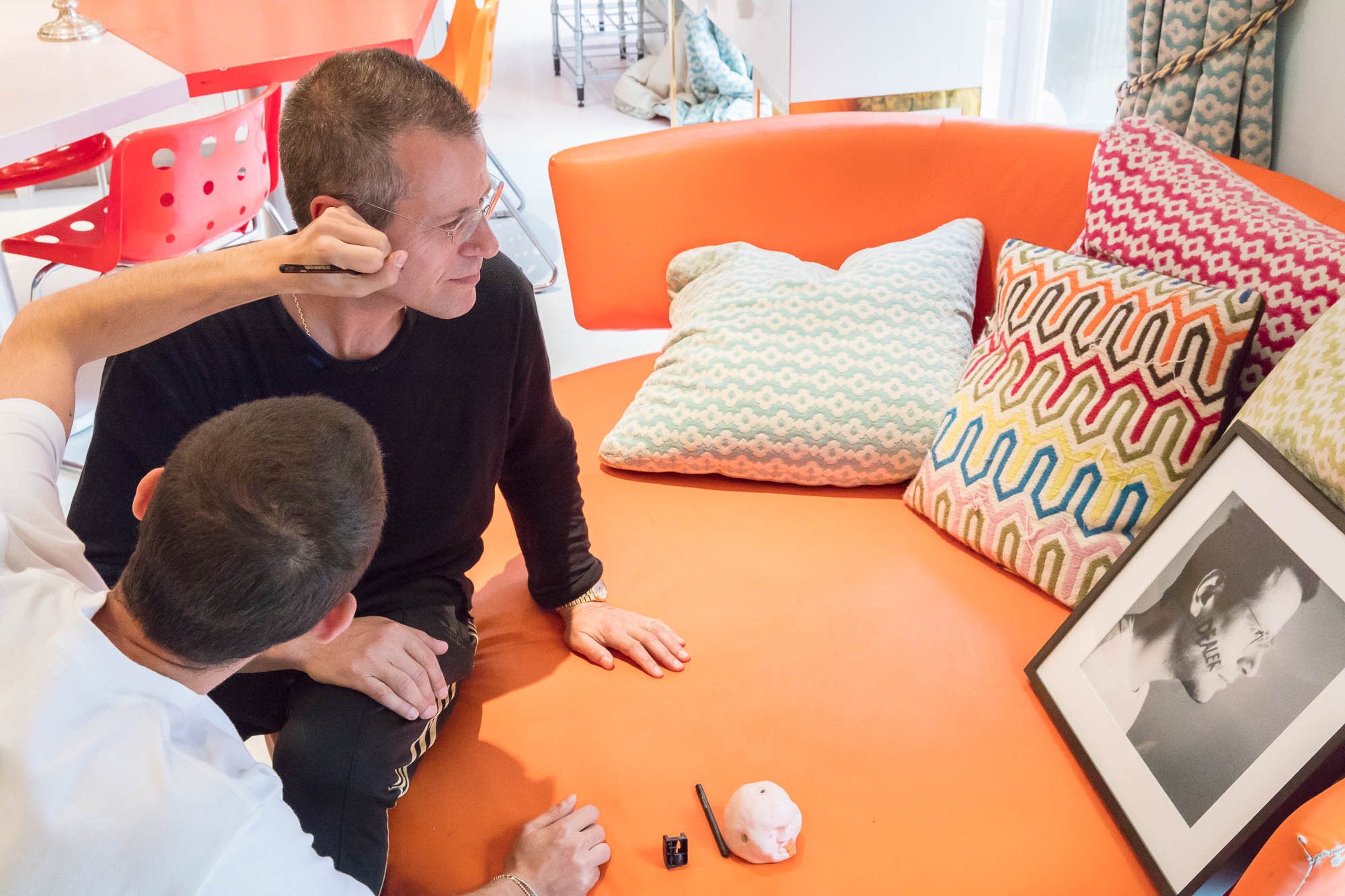
_Kenny Schachter reenacting his iconic “Dealer” portrait from 20-years earlier for Collecteurs.
© Mark Blower for Collecteurs_
EO: Can you explain “corrupted” artists? How do they become corrupt?
KS: I don’t really think there are corrupted artists per se; it’s simply a matter of intent. Sometimes ambition can exceed talent.
EO: And how does excessive ambition lead to corruption?
KS:
EO: What are your impressions from the auction week in NY this year? Several new records were established; were the egos bigger than ever as well?
KS: Basquiat says it all. Take a few dollars-worth of sticks, fabric, and pigment and paint a painting. Boom, $110 million later you have a distorted lens over the art, shading the way it will forever be viewed. The money will always be a parallel, corrupting force on the metaphysical way that art is viewed and experienced. Sadly, it’s easier to talk about money than art.
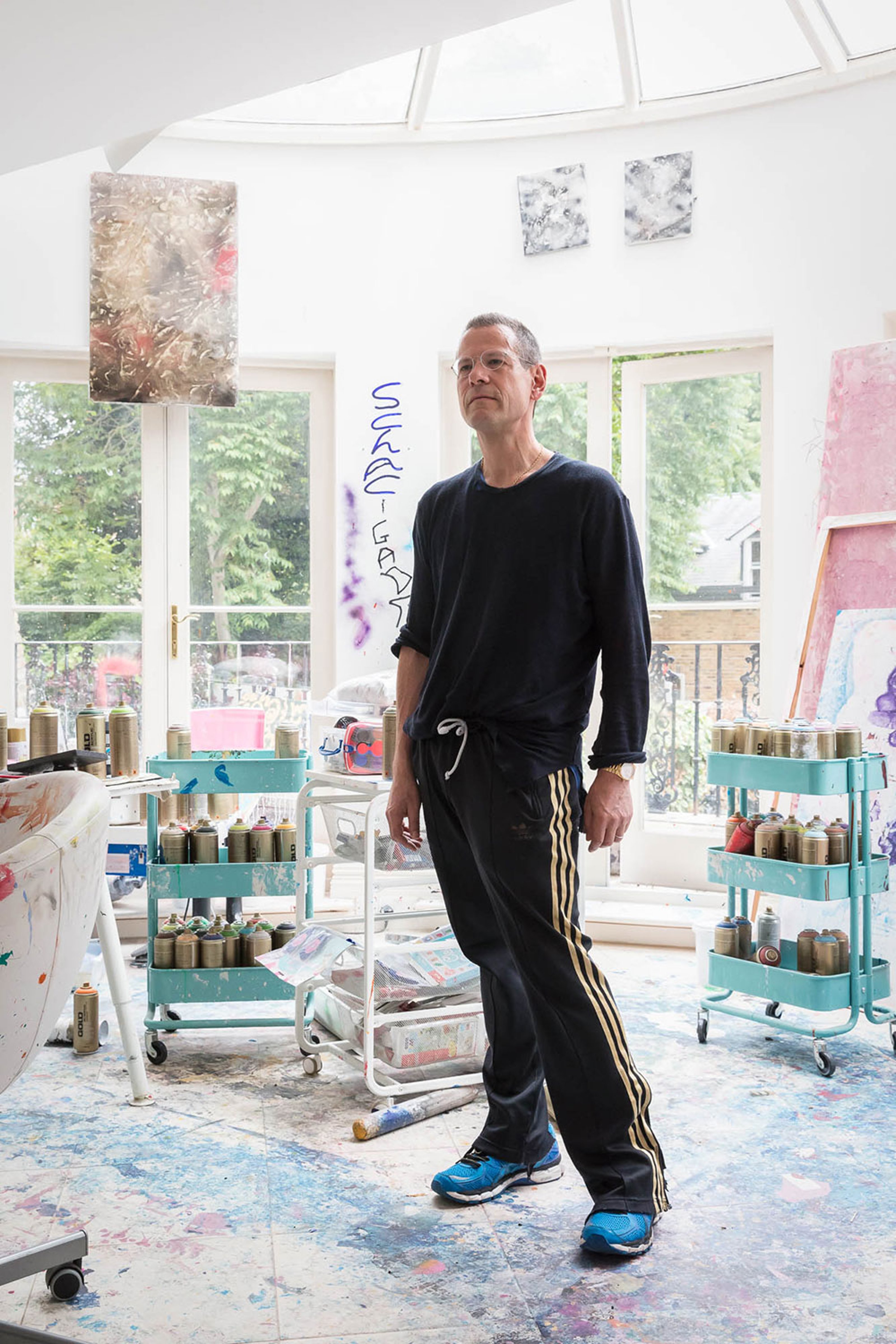
_Kenny Schachter at home in London.
_© Mark Blower for Collecteurs
EO: I noticed that your most recent focus is on art fairs and their appetite for growth. Many collectors no longer take fairs seriously; what are your thoughts about the future of art fairs?
KS: Everybody in the art market worldwide values art fairs, if not only for the sheer amount of information gathering. What could be wrong with such a potpourri of art under one tent? Obviously, it’s a far different experience from visiting museums and galleries, but there are plenty of those as well. Auction previews are like fairs—accessible, convenient ways to see encyclopedic arrays of great art.
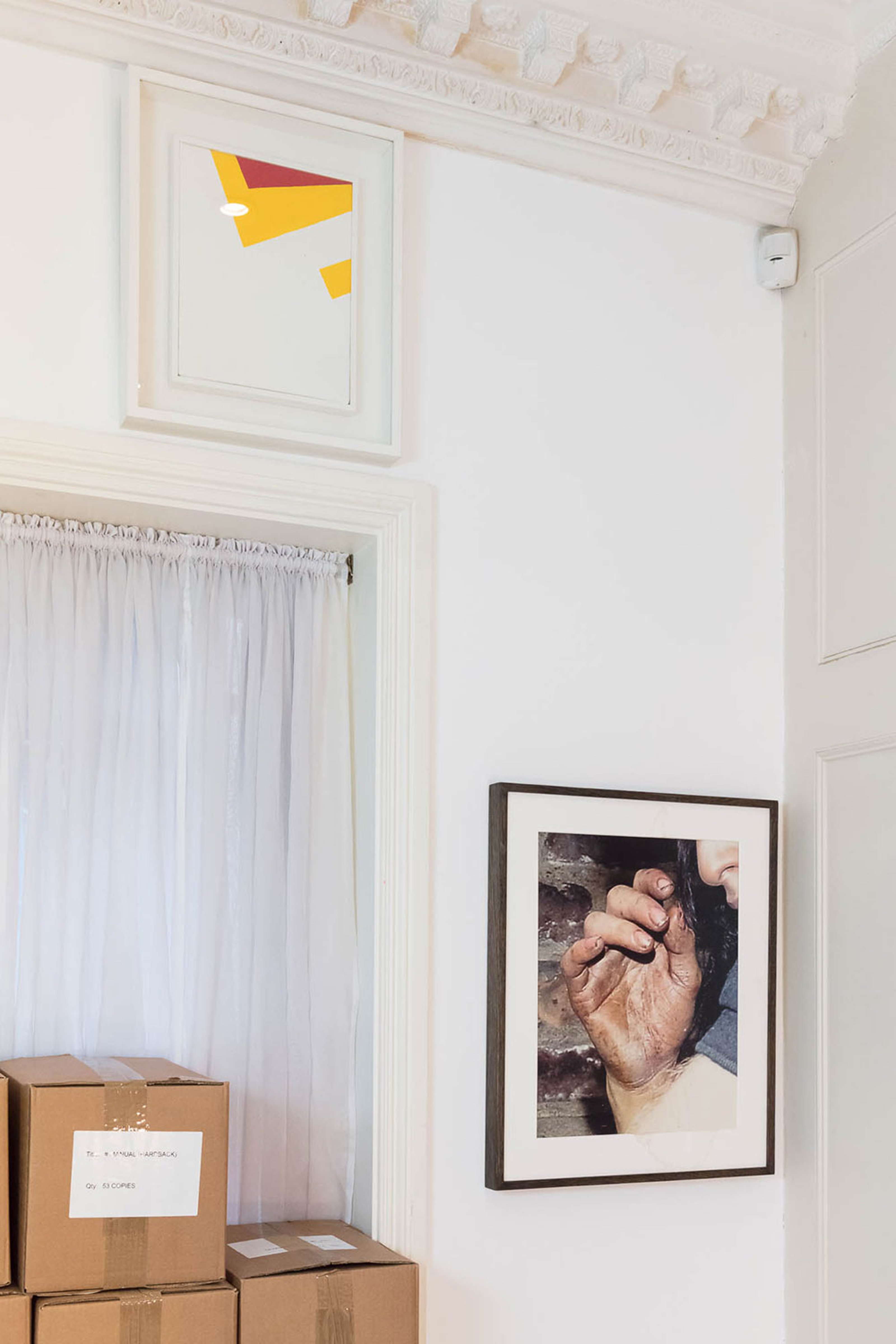
Works from Schachter’s personal collection.
EO: I see an issue with the health of the local culture as art fairs expand to new cities. The blue-chip galleries attending these fairs establish relationships with local collectors which has caused a drastic downturn of buying from local galleries, sometimes up to 50 percent. If the local collectors are no longer buying from local galleries and the galleries start to close, who will provide the cultural events and exhibitions during the other 11 months of the year? What are your thoughts?
KS:
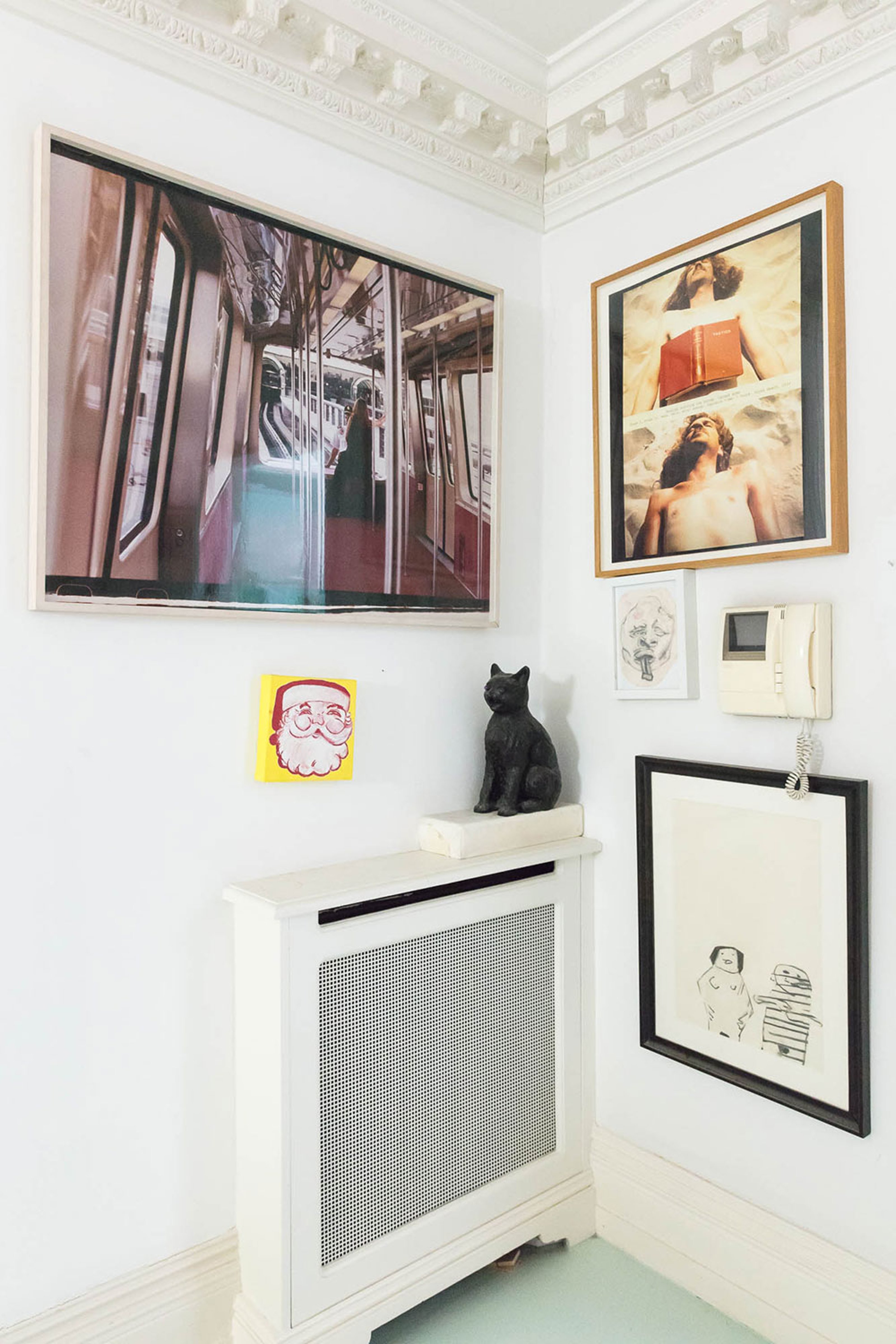
A selection of works from Schachter’s collection.
You sell art and make some money; you keep it to generate wealth. The only people in art making money, besides the megas, are collectors and dealers with the discipline to hold onto art for the long term. Just as worrying as the plethora of fairs hurting local gallery culture, the fairs themselves are cannibalizing each other—like Basel opening a competing fair in Dusseldorf, a direct hit on the Cologne fair. The German art economy surely can’t shoulder two fairs. But there’s a sucker born every day to start a new gallery; it won’t stop and new, unforeseen forms will arise.
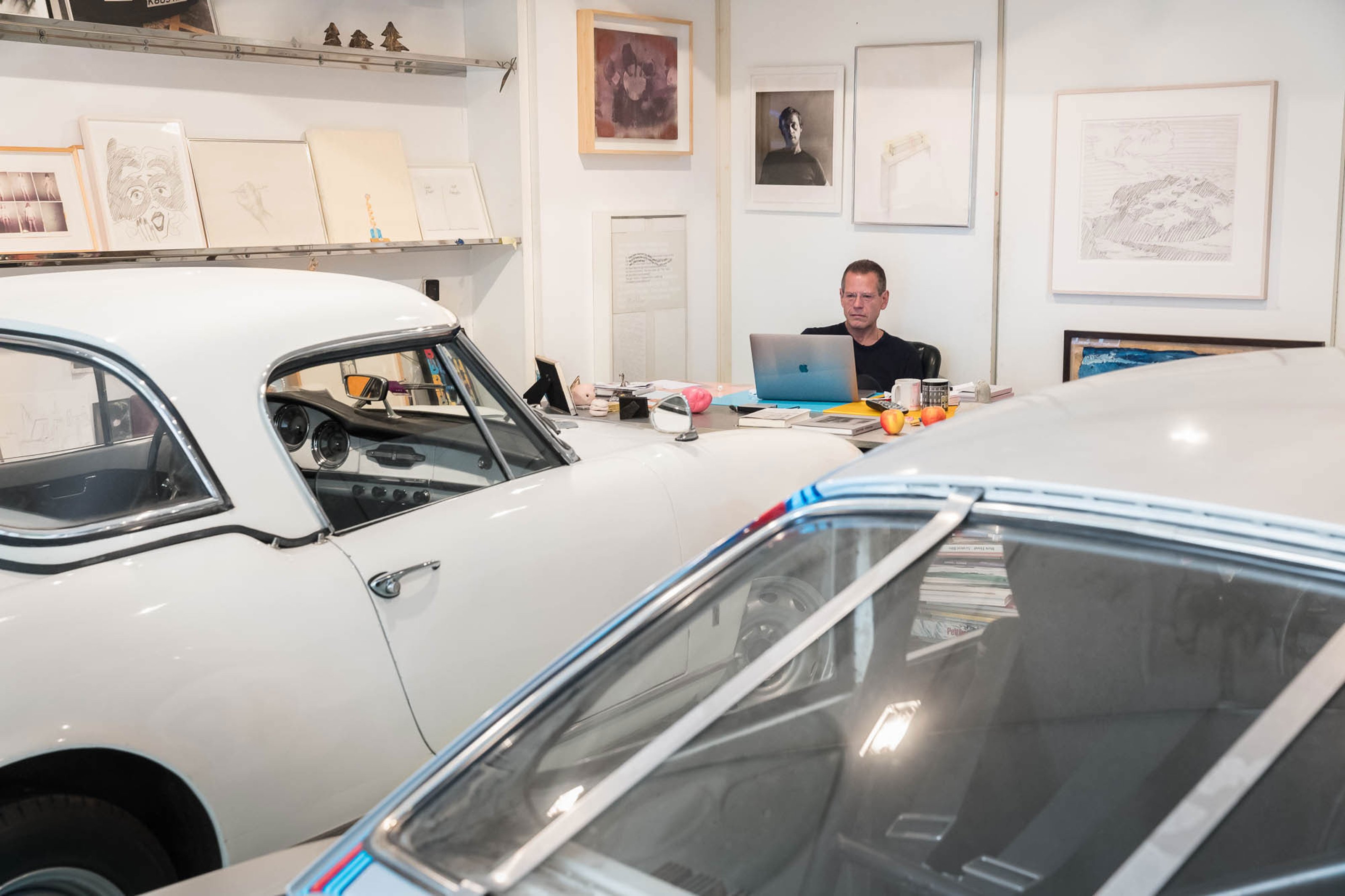
EO: You once said that being in the art world is like being in the mafia, there are certain things that nobody will talk about. What drives you to speak about them and what are you trying to achieve?
KS:
I think that opening up about the machinations of the market [does not put] people off [but rather] lures them in with the notion that someone is being honest to the point of self-sabotage.
Anyway, I am endlessly amused even when suffering the capriciousness of the business, which is often. Elucidating the good, bad and hideous, when done with passion, humor and good faith, dissolves obstacles to those not privy to the goings-on. I feel a responsibility to be blunt and candid.
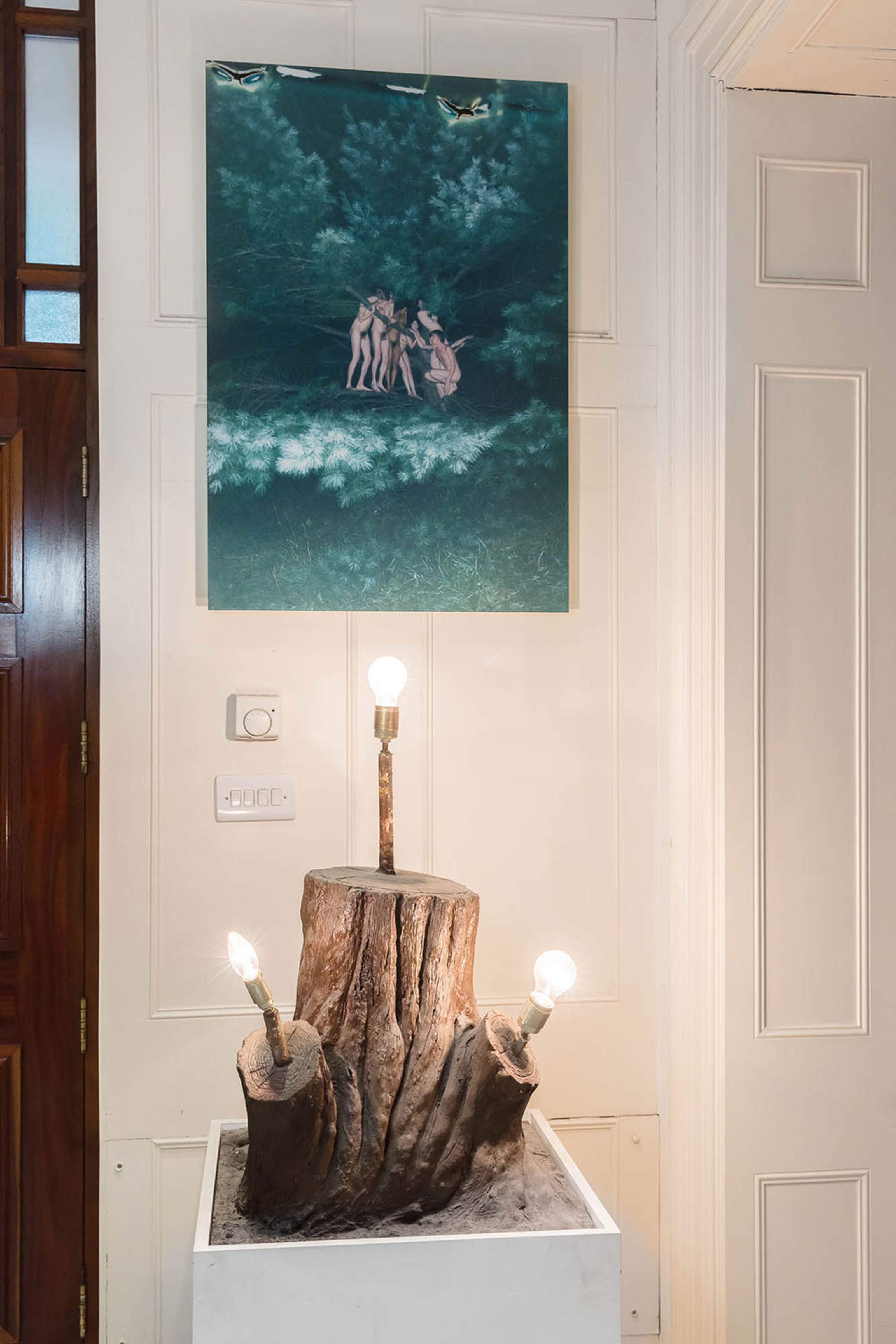
EO: You are also a teacher and have quite a lot of experience with teaching in the past. Your columns are educational in a direct, humorous and non-traditional way—this is probably why everybody loves reading them. You also expose the gray areas and make them more transparent, which is not something desired by many in the art world. Are you a threat to the corrupt players?
KS:
I’m fairly certain people involved in specific transactions would rather not find themselves the subject of one of my auction round-ups topping off Artnet’s site on a given morning. Unless they were the wronged party, taken advantage of by some disingenuous art acts. I don’t really begin looking for hypocritical behaviors, but they are so plentiful I find it hard to turn an eye, or two.

EO: What would change in the art world if collectors were truly connected to and in contact with each other? Could it become an effective foundation to start minimizing these corrupt and outdated practices?
KS: Corruption is endemic to humankind; no platform will make it any less so! However, you could cut middle-person costs if there was a seamless way to trade art. Nothing will ever replace the visceral encounter with an artwork, thankfully; the virtual reality won’t cut it, I’m afraid.
And what is a collector anyway? It’s an outdated term with little or no relevance in the short-attention-spanned universe we live in. I call them ‘spec-u-lectors’, as most trade art with a frequency all but unknown 10 to 15 years ago. I’m not saying it’s good or bad if there is an underlying passion and desire for knowledge but to each their own. I don’t judge, other than those that engage hypocritically and disingenuously, which is many.

**EO: Everybody is attracted to the “art world” and most want-to-be collectors fall into several traps before they learn the inner workings. Do you think the experienced ‘spec-u-**lectors’ would ever be interested in teaching the newcomers so they don’t make the same mistakes they did, or are they only interested in dishing up their old, unwanted inventory to them?
KS: Everything is out there to learn, and there are plenty of courses on offer combining a more practical, pragmatic approach to the art market, like the University of Zurich Masters in Art Market Studies where I happen to have taught for the past four years.
